Mr. Olympia Classic Physique winner Chris Bumstead, also known as CBum, has quickly transformed his partnership with Raw Nutrition into an industry leader. The CBum Thavage Pre-Workout is already an industry classic, and every product announcement of his gets us excited to see what he has in store next.
One unfortunate trend in the supplement industry has been higher and higher prices for the consumer. Since 2020, this has been driven in large part by supply chain disruption and price shocks, with across-the-board inflation playing a big role as well.
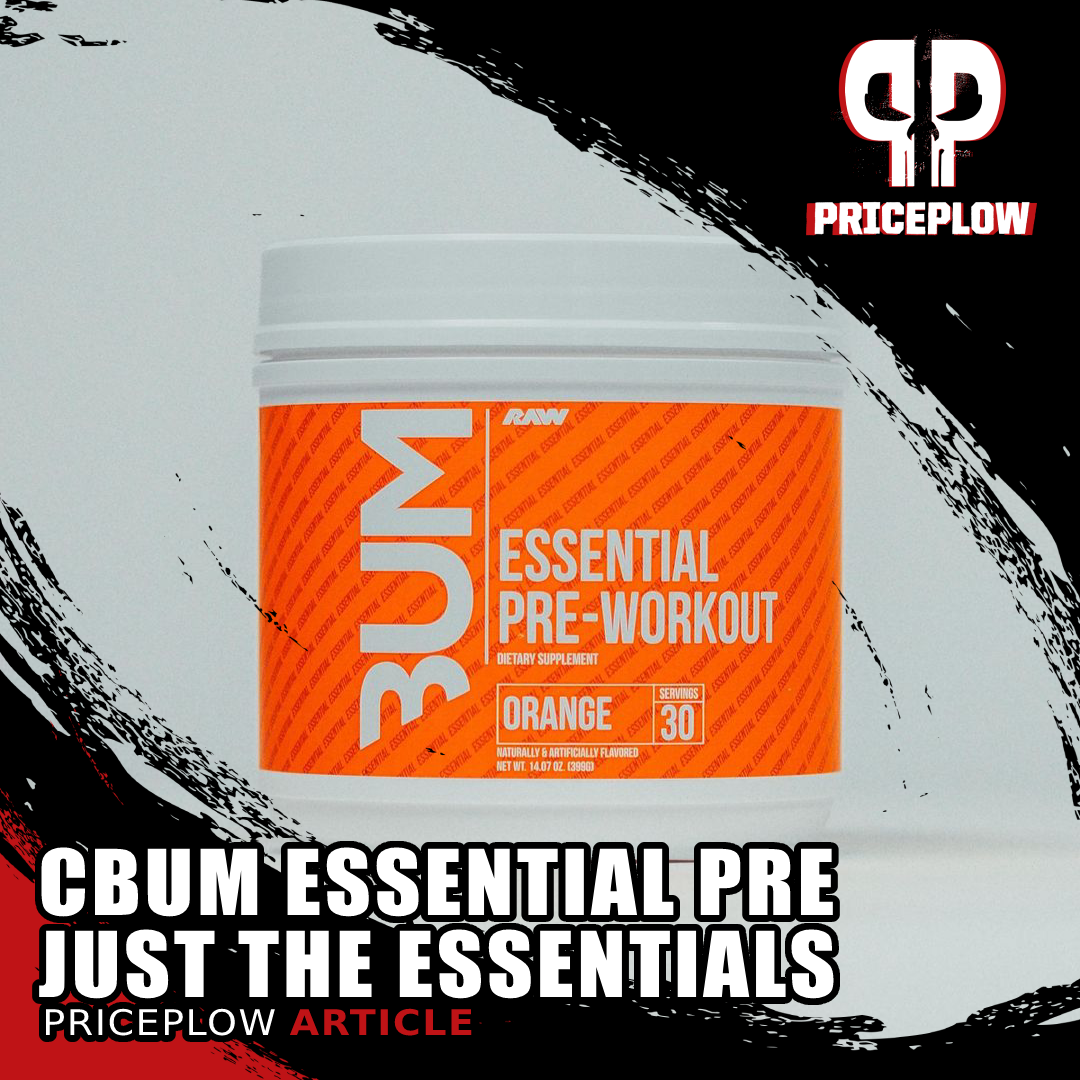
RAW and Chris Bumstead have answered the call: a pre-workout that has just the essentials, at just the right price.
Do you really need 18 active ingredients in pre-workouts?
But another factor not often discussed is the kind of ingredient arms race that the supplement industry has gotten locked into. We see more and more premium designer ingredients getting crammed into every kind of formula you can think of.
Sometimes this is a good thing, and actually improves product efficacy. But just as often, it's unnecessary and detracts from the central goal of the supplement. Creating a true do it all formula is tough, and requires a lot of expertise and even artistry on the part of the supplement formulator.
Either way, it raises costs and these get passed along to the consumer.
CBum Essential Pre-Workout: Just the essentials, at a lower price
That's where CBum Essential Pre-Workout comes in.
This is a pre-workout supplement that's been carefully pared down to only the most time-tested, efficacious ingredients that will give you the maximum bang for your buck.
And, as you'll see in our price widgets below, it's a very attractively-priced product -- half the cost of some newer "mega formulas".
So can it compete with more intense offerings that increasingly dominate the supplement news sphere? Let's find out - but first, check PricePlow's coupon-powered deals and news below:
RAW Nutrition CBUM Essential Pre-Workout – Deals and Price Drop Alerts
Get Price Alerts
No spam, no scams.
Disclosure: PricePlow relies on pricing from stores with which we have a business relationship. We work hard to keep pricing current, but you may find a better offer.
Posts are sponsored in part by the retailers and/or brands listed on this page.
This area is reserved for Team PricePlow's upcoming videos.
Subscribe to our channel and sign up for notifications so you catch it when it goes live!
CBum Essential Pre-Workout Ingredients
A single 13.3 gram scoop will net you the following active ingredients:
-
L-Citrulline - 4000 mg
Citrulline is a great ingredient to kick off the essential formula. It's currently the supplement industry's most widely used nitric oxide-boosting ingredient.[1]
As a conditionally essential amino acid, citrulline is something your body can produce on its own – but in limited quantities. This means that under normal circumstances, your body can probably create enough citrulline endogenously to cover your metabolic requirements, but under certain conditions – i.e. illness or severe stress – those requirements go up, and your body's production can't keep pace. In that case, exogenous supplementation may be necessary.
So if you're working hard in the gym, supplementing with conditionally essential amino acids like citrulline may be a good idea.
One interesting thing about citrulline is that it's not the direct precursor to NO – there's an intermediary conversion step. Citrulline gets converted into arginine, which then becomes NO: Citrulline → Arginine → NO
So why don't we take arginine instead? The answer is that arginine shows low oral bioavailability. Citrulline is much better absorbed.[2,3]
Why do we want more NO?
So why do we want to boost NO with citrulline?
Increased NO causes the smooth muscle lining the inside of your arteries to relax, which in turn causes those arteries to expand in diameter. Bigger arteries carrying the same volume of blood means better circulation, lower heart rate, and more efficient delivery of nutrients to cells.[4-6]
This boost in cardiovascular efficiency adds up to increased athletic performance. Not only are your hard-working muscle cells getting more of the glucose and oxygen they need to function at their peak, but metabolic waste is also being removed faster – particularly lactic acid, which causes muscular fatigue as it builds up.
Blood flow is also important for recovery, so you can expect to recover faster when your workout is finished, too.
More specifically, the research on citrulline shows that it can:
- Boost power output by improving oxygen utilization[7]
- Increased athletic endurance by about 50%[8]
- Decrease muscle soreness following exercise[8]
- Increase the secretion of growth hormone (GH) in response to exercise[9]
- Inhibit protein breakdown[10]
- Increase muscle protein synthesis[11,12]
The citrulline-ornithine connection
Citrulline's participation in the nitric oxide cycle and the urea cycle. The enzyme argininosuccinate converts citrulline to arginine, and arginine stimulates the production of nitric oxide[13]
Most veteran supplement consumers have heard plenty about citrulline's effect on NO production, but what's less well known is that supplementing with citrulline can also boost your body's levels of ornithine,[14] an amino acid that's responsible for helping your body detoxify ammonia.[15]
Ammonia is, like lactic acid, a metabolic waste product that can cause mental and physical fatigue as it builds up. In other words, citrulline's ability to help remove ammonia is probably another factor in its ability to increase athletic endurance.
Ornithine has also been shown to improve sleep – a huge factor in recovery from exercise – and reduce feelings of stress in those who take it, effects that are reflected by the lower cortisol-to-DHEA ratio in people who supplement with citrulline.[15]
Although lower doses are efficacious, the most commonly studied and validated dose in the research on citrulline is 3,000 milligrams per day. We're getting significantly more than that in CBum Essential Pre, which is good because citrulline's effects have been shown to be dose-dependent.[16]
Since returns on additional citrulline don't start to diminish until you hit the 10,000 mg per day mark,[17] the extra 1,000 mg is likely getting you additional value.
-
Beta Alanine – 3200 mg
Beta-alanine belongs to a class of supplements called ergogenic aids, which are defined by their ability to increase athletic performance.
This is one of the most time-tested ingredients there is – it's been in pre-workout formulas for most of supplement industry history, and we don't see it going anywhere soon.
Beta-alanine combines with the amino acid L-histidine to form a dipeptide molecule called carnosine.
Carnosine helps your body remove lactic acid,[18] thus slowing the onset of muscular fatigue and increasing athletic endurance. So again, we have to ask the question: if carnosine is what we're trying to boost, then why not just supplement with carnosine instead?
The answer is the same as we saw in the citrulline section: carnosine is not very orally bioavailable, but beta-alanine is. And since your body's supply of beta-alanine is what determines how fast it can make carnosine (histidine is abundant in most foods),[19,20] supplementing with beta-alanine is a great strategy for boosting carnosine production.
Increased endurance through numerous studies
According to two different large meta-analyses of the beta-alanine research, over 40 different peer-reviewed studies show that beta-alanine is most useful when taken to support exercise within a particular range of intensity: an intensity level that can be sustained for anywhere from 30 seconds to 10 minutes.[18-26]
3,200 milligrams is the most commonly studied and validated dose of beta-alanine, so once again CBUM Essential is proving itself to be brilliant at the basics.
-
L-Tyrosine – 2,000 mg
The amino acid L-tyrosine is a great pre-workout ingredient for three major reasons:
-
Thyroid support
First, and arguably most importantly, tyrosine is great for thyroid support. It's the precursor to the two main thyroid hormones in your body – triiodothyronine (T3) and thyroxine (T4).[27,28]
Chris Bumstead is now a partner at Raw Nutrition! Learn what's coming back with PricePlow Podcast Episode #052.
The thyroid can be hit pretty hard by the two primary behaviors of weightlifters, bodybuilders and athletes – intense exercise, which can definitely raise your cortisol levels if you're training close to the edge,[29,30] and caloric restriction, which most people in these groups use periodically to improve body composition.[31]
Importantly, the harder your workouts, the bigger your calorie deficit, and the longer your diet and training regimen go on, the harder your thyroid will get hit – and the more you may be in need of extra thyroid support from supplements like tyrosine.
-
Neurotransmitter production
The other big reason to consider tyrosine supplementation is that it can increase your body's production of key neurotransmitters like dopamine, adrenaline, and noradrenaline.[32-34] These neurotransmitters, called catecholamines, can improve focus and motivation, two attributes that are key for anyone attempting a tough workout.
Adrenaline and noradrenaline can also help decrease appetite and accelerate fat burning.[35]
This second reason leads us to another incredible downstream benefit:
-
Sleep deprivation support
Finally, tyrosine has been evaluated for its ability to improve alertness and performance in sleep-deprived persons. According to U.S. military scientists, tyrosine is actually better at doing this than caffeine![36,37]
-
-
Taurine – 1,000 mg
Next we have one of PricePlow's all-time favorite ingredients – taurine.
The inclusion of taurine in CBUM Essential Pre-Workout is spot on. It's yet another sign that this product was developed by a team who really knows how to select ingredients with the best per-dollar value to the consumer.
Cellular hydration
Taurine is an osmolyte. This means that it increases osmotic pressure around your body's cells, which naturally forces a higher-than-usual amount of water into them.[38]
For a more comprehensive pre-workout, it's hard to beat CBum Thavage
The extra water means improved cellular hydration, and this comes with a number of important benefits. More water means your cells have better access to important nutrients, many of which are water soluble. It also helps your cells get rid of cellular waste more efficiently, and improves their resistance to heat stress.
Endurance boosting
All of these cellular hyperhydration benefits add up to an effect where cells can work harder for longer. This generally means better aerobic and anaerobic endurance for your whole body. According to a 2018 meta-analysis of taurine research, a single 1,000 milligram dose of taurine – the same dose used in CBum Essential Pre-Workout – can significantly increase athletic endurance.[39]
Taurine can also help support calcium signaling in muscle cells,[40] and has been shown to help reduce the frequency of muscle cramps.[41]
Neurological effects
Taurine is a powerful antioxidant,[42,43] that seems particularly good for protecting your all-important mitochondria from oxidative stress.[44]
In the central nervous system, taurine acts as a GABAergic compound, meaning it imitates the effects of the inhibitory neurotransmitter gamma aminobutyric acid (GABA). GABA and the GABAergic compounds are called inhibitory because they reduce the rate of neuronal firing, which has a calming effect on both neurons and the mood of the person they belong to.[45] GABAergic compounds also reduce inflammation in the brain,[45] a huge potential benefit.
Taurine has also been shown to stimulate mitochondrial biogenesis in brain tissue.[45]
So taurine is definitely neuroprotective in general, but it's also dopaminergic,[46] helping improve the function and survivability of dopamine-producing neurons.[47]
Fat burning
Taurine may help with body composition, too. It's been shown to increase your body's conversion of white adipose tissue (WAT) to brown adipose tissue (BAT),[48] the two different kinds of stored fat. It does so by selectively inhibiting the growth of new WAT cells, while allowing BAT cells to proliferate.[49]
The difference between WAT and BAT is extra mitochondria – WAT is pretty much devoid of mitochondria, and doesn't burn any energy at all, as it's your body's long-term storage site for emergency energy reserves.
BAT, on the other hand, is metabolically active. It's jam packed with mitochondria that are constantly burning glucose and fatty acids for heat in a process called non-shivering thermogenesis (NST), which is one of your body's primary mechanisms for maintaining its core temperature in the face of cold exposure.
The more BAT you have, the more calories you'll burn in a day,[50] so ingredients like taurine can help you achieve and maintain a relatively low body fat percentage.
Another awesome thing about BAT is that because it's constantly consuming glucose and fatty acids, having more BAT can also improve blood glucose and lipid levels, helping discourage hyperglycemia, hyperlipidemia, and insulin resistance.[51]
Taurine: an all-around superstar
By now you can probably see why we love taurine so much: it can significantly improve both mental and physical performance. Its GABAergic and mitochondrial antioxidant effects can get you feeling great too, and are a great complement for the stimulant energy of caffeine, which is why you see taurine used in several popular energy drinks.
The caffeine + taurine combination is awesome, and as you have probably noticed, there's a decent amount of caffeine in here too.
Taurine is conditionally essential, so again, if you're training or dieting hard, you may wish to consider supplementing with this awesome amino acid.[39,45,52]
-
Natural Caffeine (as Green Coffee Bean Extract) – 200 mg
Caffeine is a ubiquitous legal stimulant drug, famed and sought after for its ability to fight fatigue. But as we'll see, the ingredient's usefulness goes way beyond helping you awaken – it has significant benefits for athletic performance and metabolism as well.
The blue, beige, and green shaded areas, taken together, comprise the entire ATP molecule. The chemical bonds between phosphate groups, indicated in red, are the high energy bonds that release free energy when subjected to hydrolysis. Note the close proximity of the negatively charged oxygen ions within the phosphate groups. Image courtesy of Wikimedia.
Caffeine's main anti-fatigue mechanism is adenosine inhibition. Adenosine is a nucleotide that's produced as a byproduct of adenosine triphosphate (ATP) metabolism, and builds up in your brain during the day as your neurons burn ATP for energy.[53]
Adenosine's activation of the adenosine receptor is one of the signals that tells your body it's time for rest[54] – when there's lots of adenosine activity in your brain, you naturally feel tired. Caffeine decreases activation of adenosine receptors, which blunts the onset of fatigue.[55,56]
So by reducing feelings of fatigue, caffeine can give us "energy" in a figurative sense. But it also can literally increase your body's production of energy, by stimulating cellular metabolism.
This is because caffeine also inhibits phosphodiesterase, the enzyme that breaks down a messenger molecule called cyclic adenosine monophosphate (cAMP).[55,56] cAMP tells your cells to burn more calories for energy[57] by activating AMP-activated protein kinase (AMPK),[58] which is a signal for your mitochondria to increase ATP production.
By stimulating the cAMP/AMPK pathway, caffeine can increase the number of calories your body consumes in a day.[57] This comes with the obvious potential benefit of helping accelerate weight loss and maintain a lean body composition.
Caffeine is particularly useful for burning more fat. Research shows that caffeine can increase fat burning by as much as 50%.[59]
Performance benefits
Thanks to its impact on cellular metabolism, caffeine is a potent ergogenic aid. It has been consistently shown to improve strength, power output, and endurance.[60]
On the cognitive side of things, caffeine can speed up reactions,[61] sharpen focus,[61,62] and increase alertness.[62] It can also increase working memory, a key factor in learning and fluid intelligence.[63]
Caffeine dose used
The dosing of caffeine in CBum Essential is yet another example of the total no-nonsense approach to formulating this supplement. 200 milligrams is a moderate dose, well within the tolerance of almost all habitual caffeine users and very well studied for its mental and physical performance benefits.
A lot of companies are experimenting with higher or lower doses of caffeine, sometimes as a marketing gimmick – but here, again CBum is sticking to the tried-and-true, essential dose.
Assess your tolerance, but most pre-workout users are fine with 200 milligrams here. If you're not, use less than a full scoop and you'll still get a good amount of citrulline.
Note that this is a natural caffeine source, extracted from green coffee beans.
-
Himalayan Pink Salt – 200 mg
Sodium in the form of Himalayan pink salt is another great addition to a pre-workout formula.
The reason is simple: during exercise, you sweat, and lose lots of sodium and other electrolytes in your sweat. The cool thing about pink salt is that it contains trace amounts of all the electrolytes, and some other minerals. It's mostly sodium, though.
Himalayan pink salt is an excellent source of electrolytes. Don't fear the sodium!! We need it for optimal training!
Sodium has fallen into disrepute in recent decades, thanks to the official recommendation against high-sodium diets. But we need sodium for efficient muscle contractions,[64] and if we lose too much sodium during exercise, it can impair our performance and recovery.[65]
A 200 milligram dose of Himalayan pink salt works out to about a 75 milligram dose of sodium. Big enough to make a welcome difference in terms of electrolyte replenishment and hydration, but small enough that you probably don't have to worry about its impact on your overall sodium intake (be sure to monitor this, though).
If you want to read more about this, check out our favorite reference on the subject, "The Importance of Salt in the Athlete's Diet."[65]
Flavors Available
Check out our up-to-date list of available CBum Essential flavors:
Conclusion: Just the Essentials from Raw Nutrition
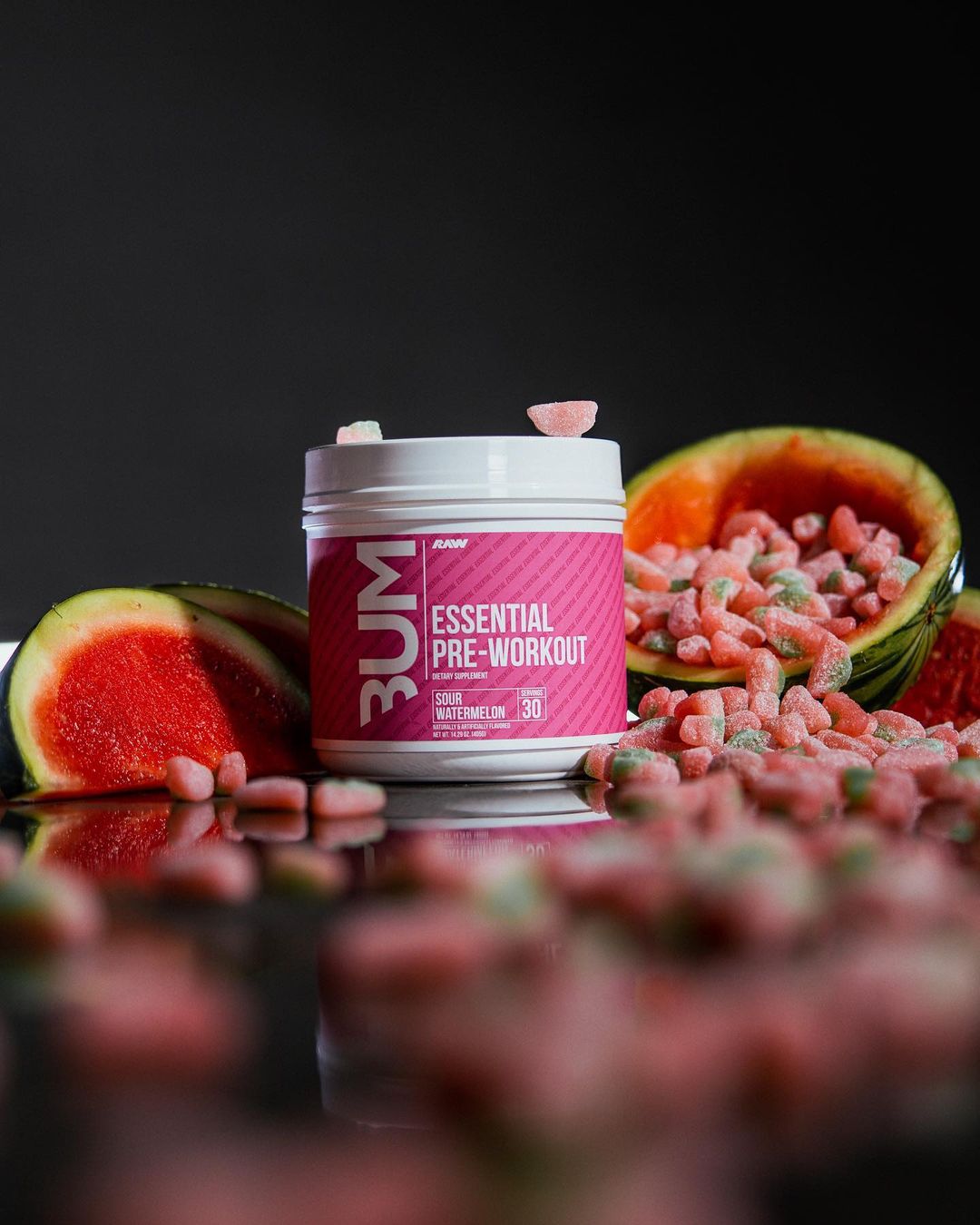
CBum's Essential Pre is the beginning of what we believe will be a new trend towards more affordable pre-workout supplements for the masses. Watch how many companies copy this and have a "lite" version of their pre-workouts by the end of 2023.
Raw Nutrition sets out to give consumers maximum bang for their buck, and in our view, it accomplishes this goal in spades. Although it's "nothing special" in terms of ingredient selection, this is one of the most disciplined and economical formulas you'll find on the supplement market today.
A fantastic option for supplement beginners and serious budget-minded consumers alike.
RAW Nutrition CBUM Essential Pre-Workout – Deals and Price Drop Alerts
Get Price Alerts
No spam, no scams.
Disclosure: PricePlow relies on pricing from stores with which we have a business relationship. We work hard to keep pricing current, but you may find a better offer.
Posts are sponsored in part by the retailers and/or brands listed on this page.
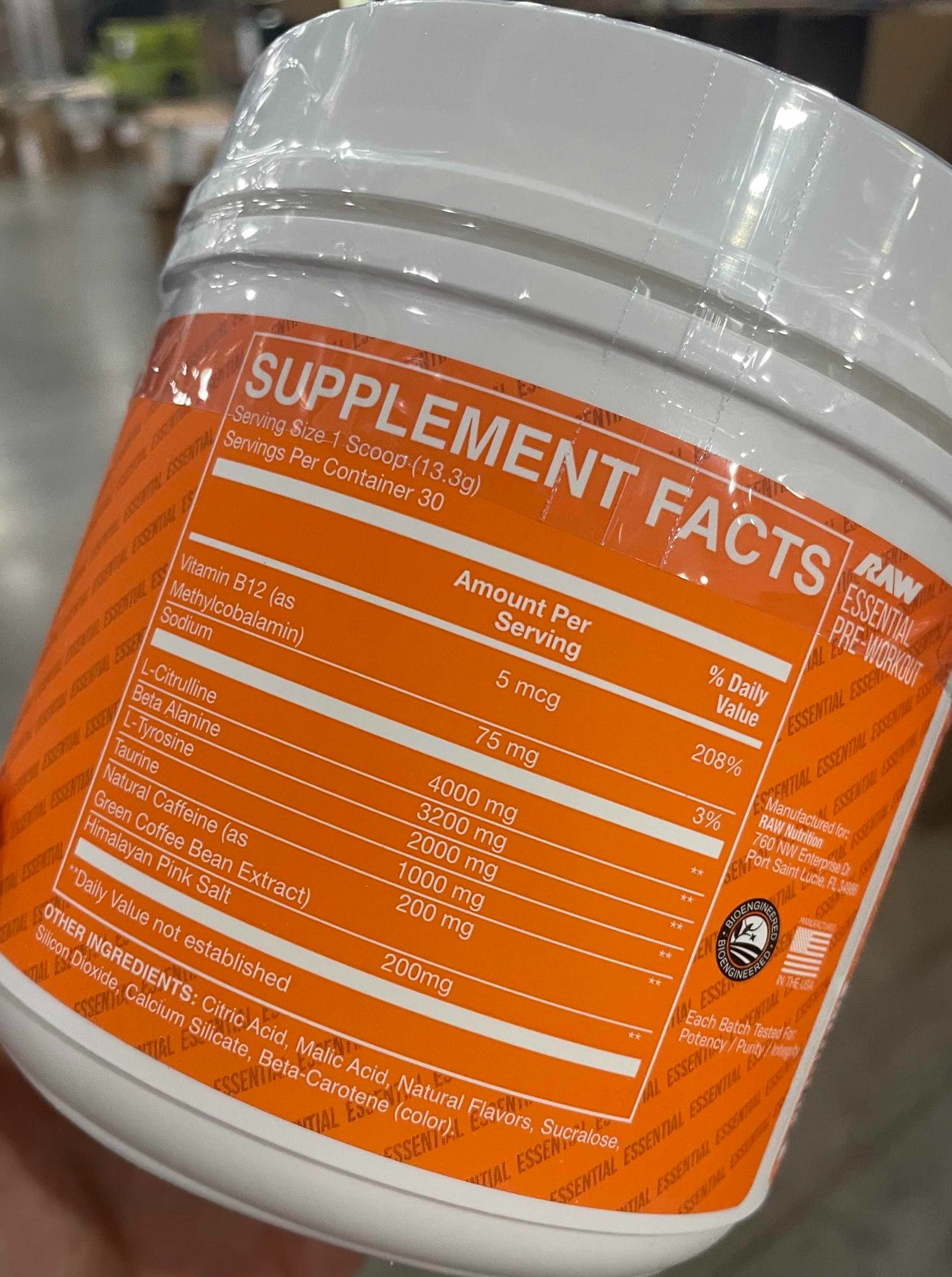
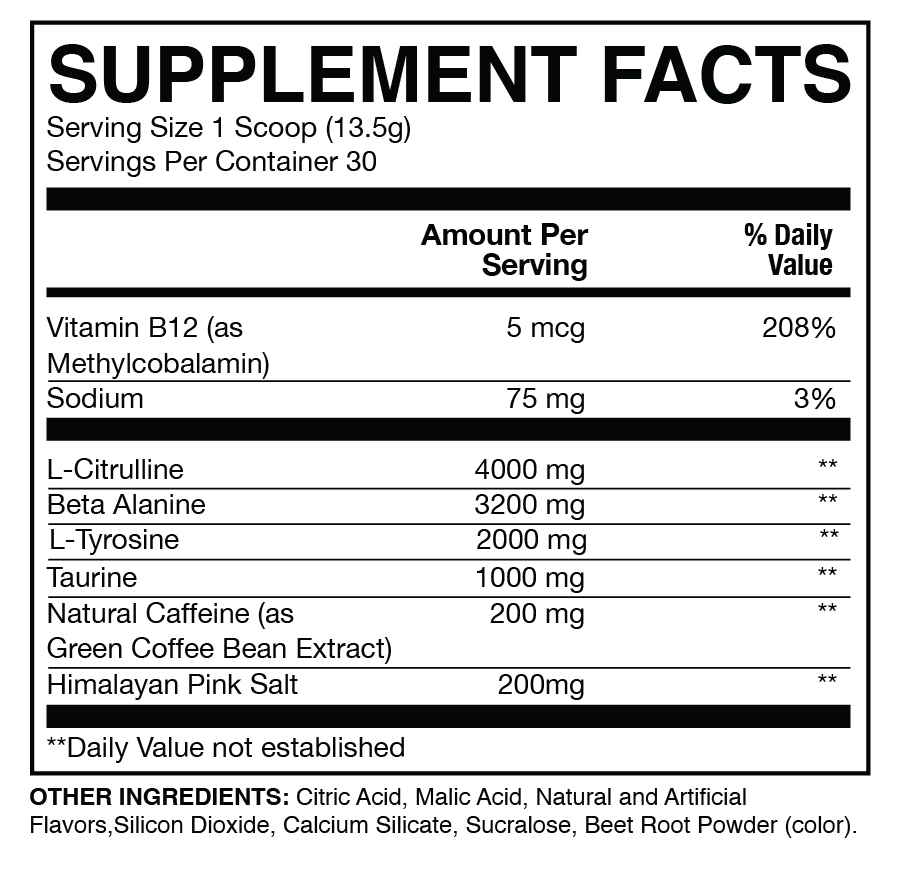
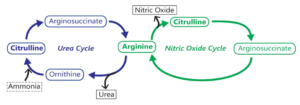
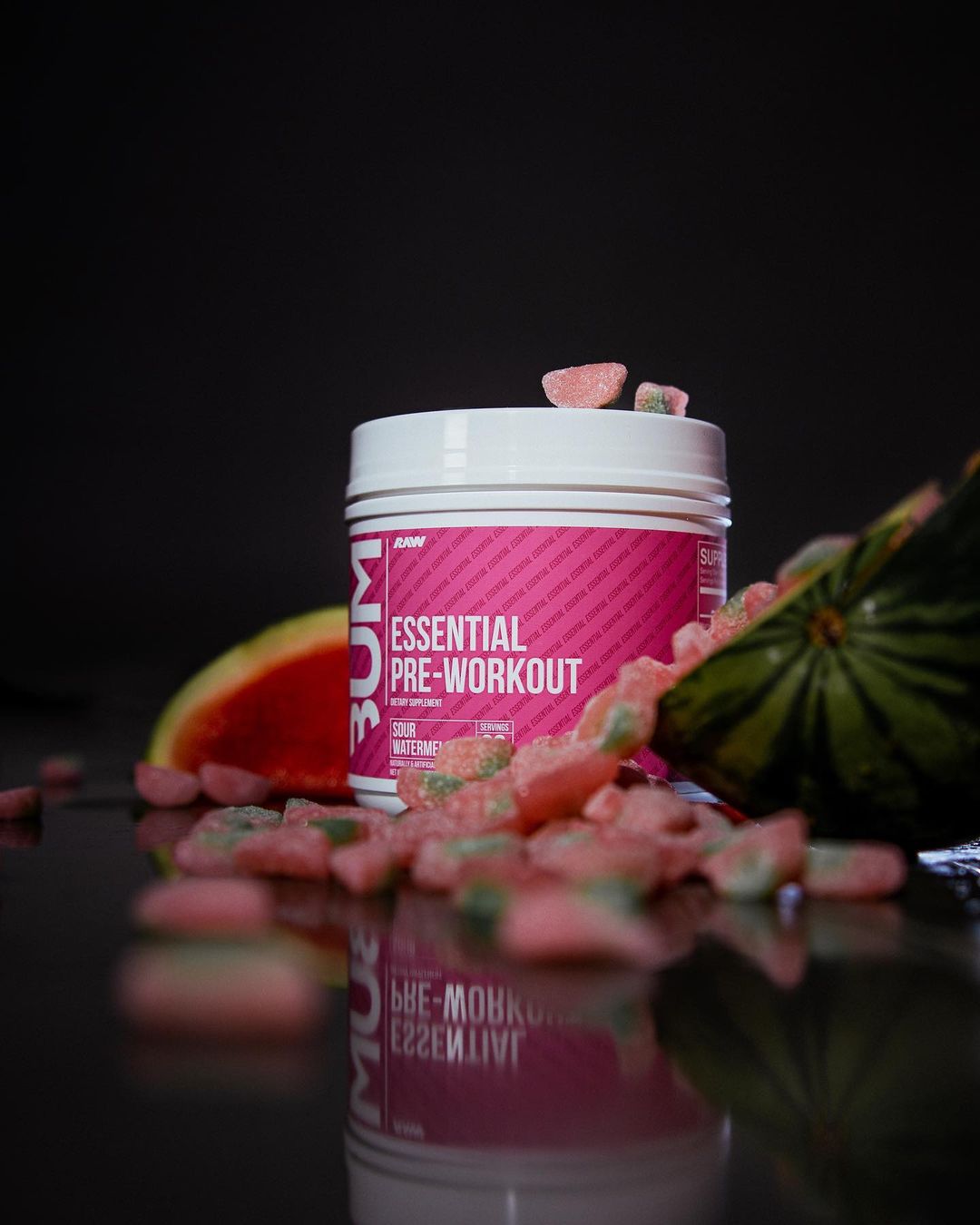
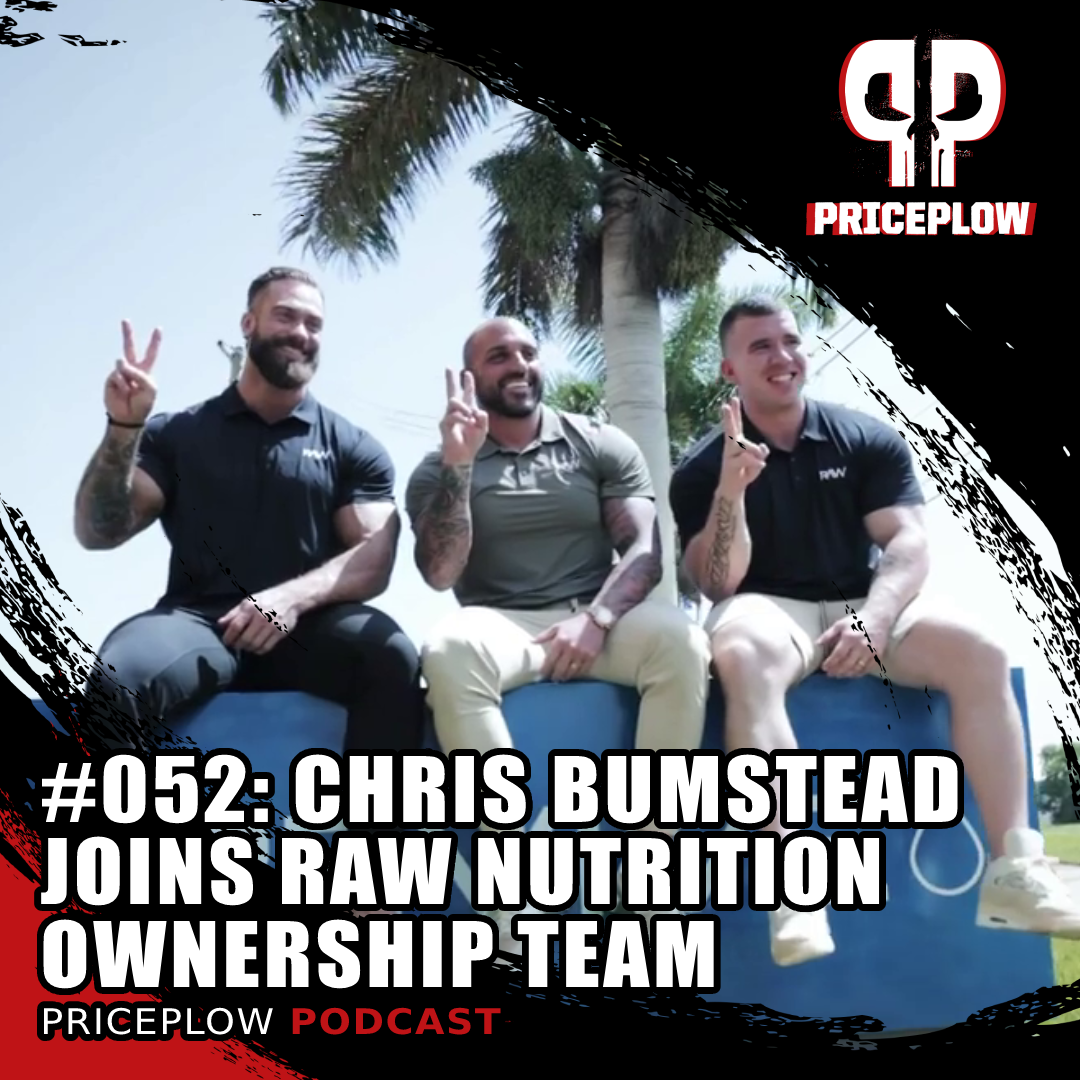
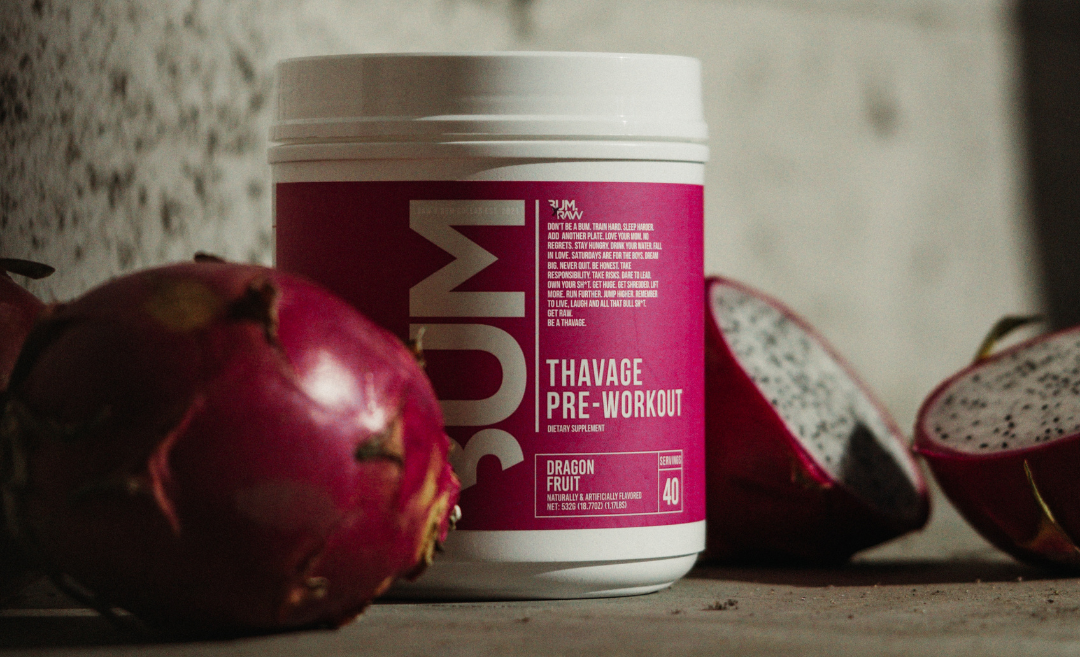
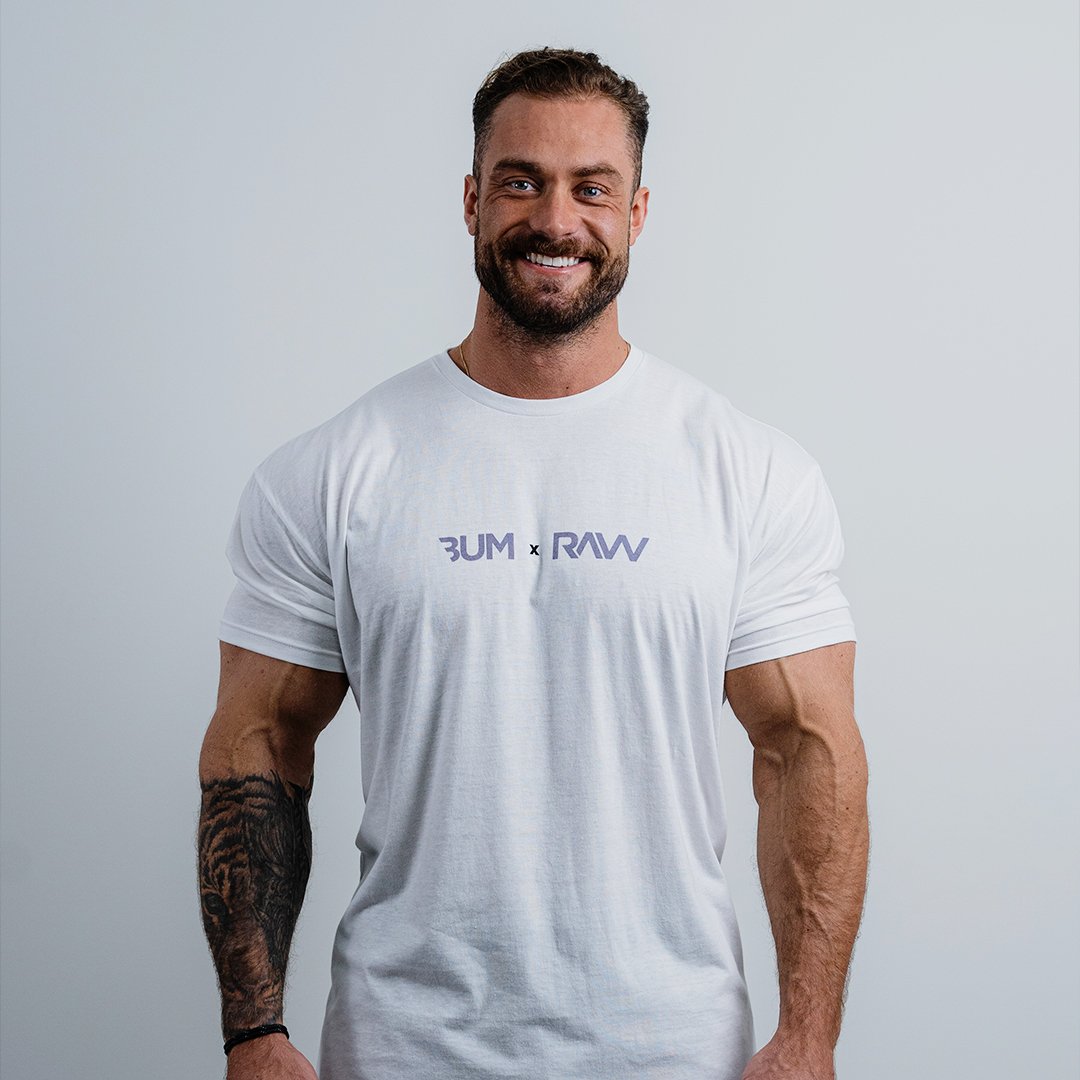
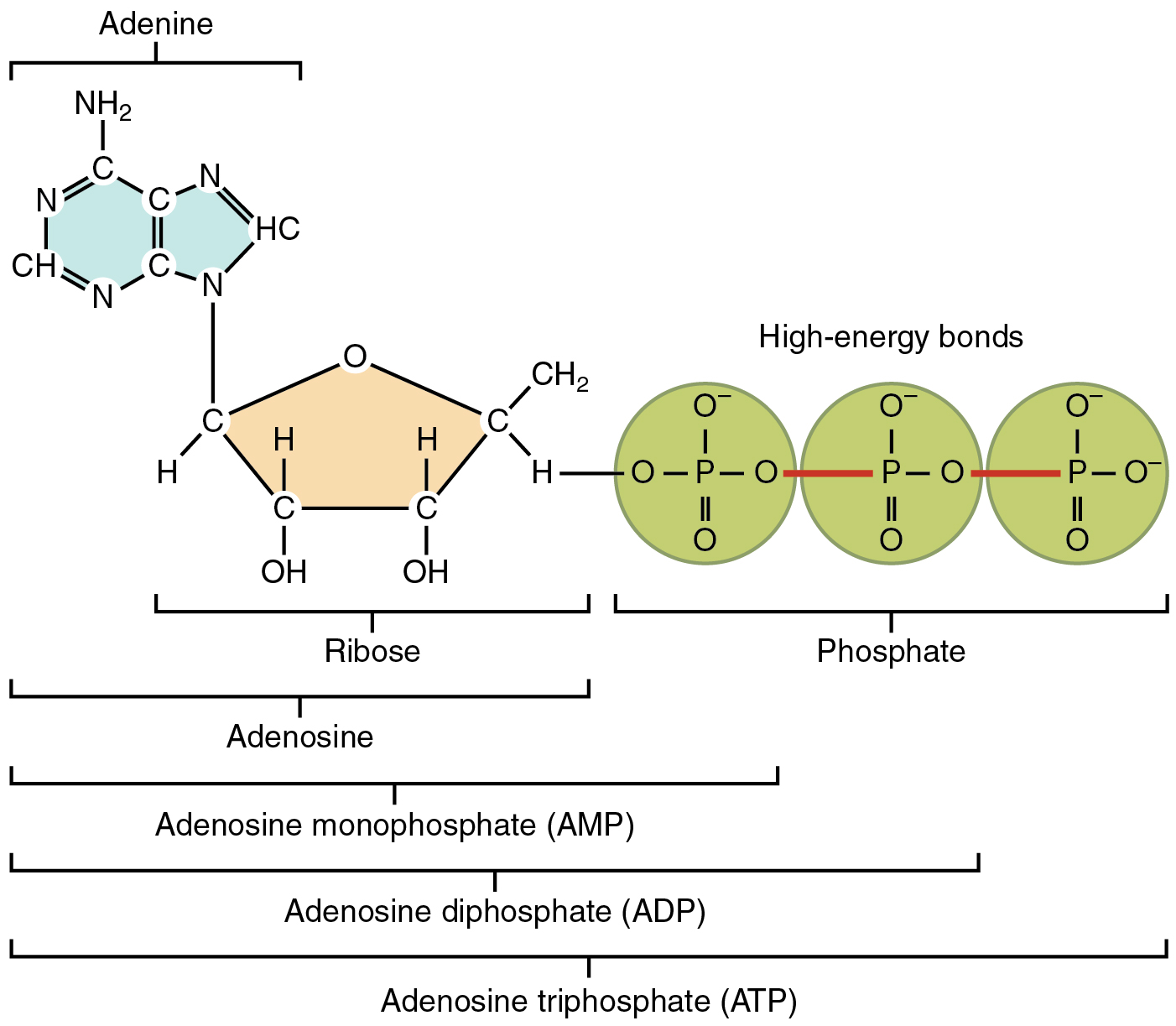
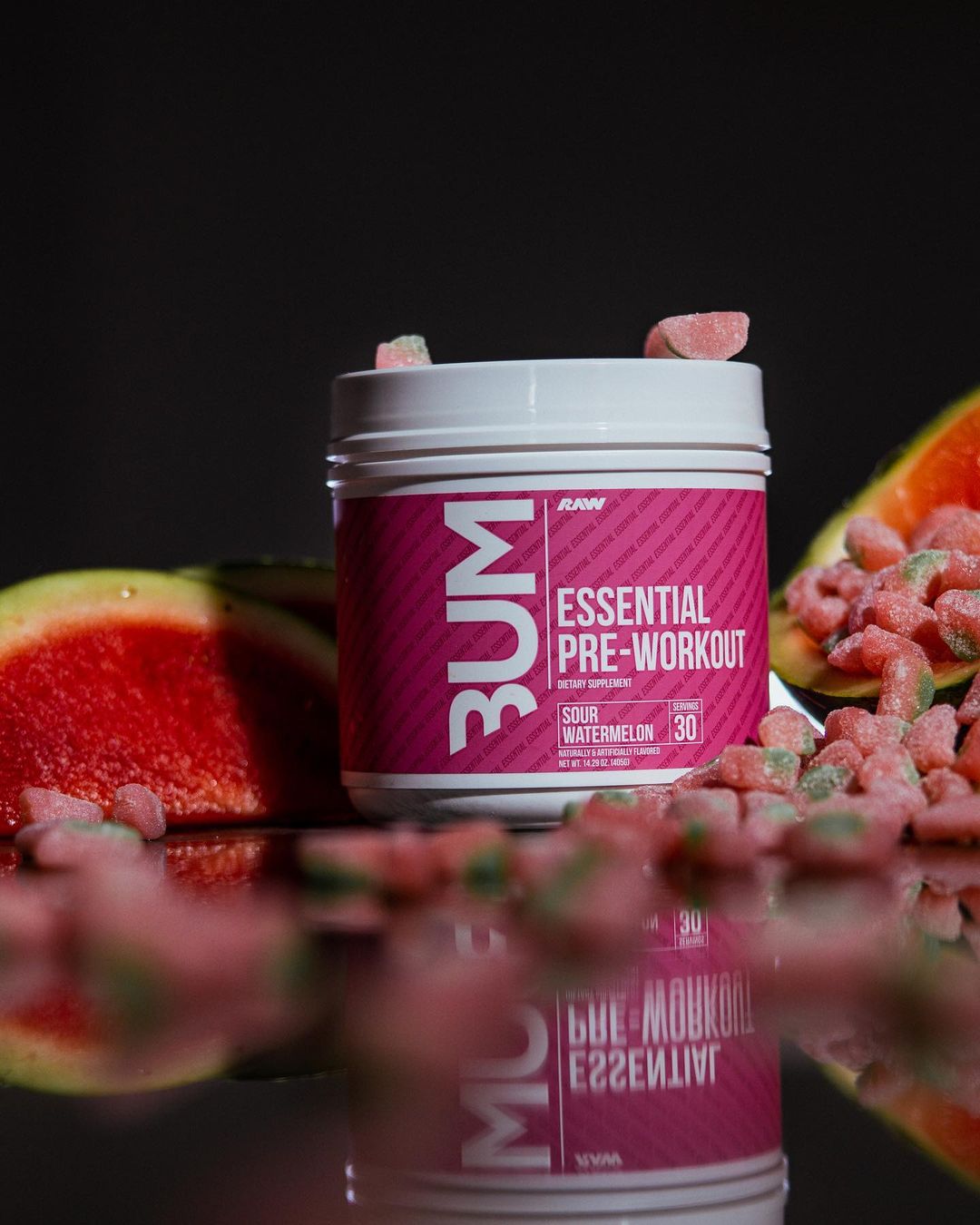
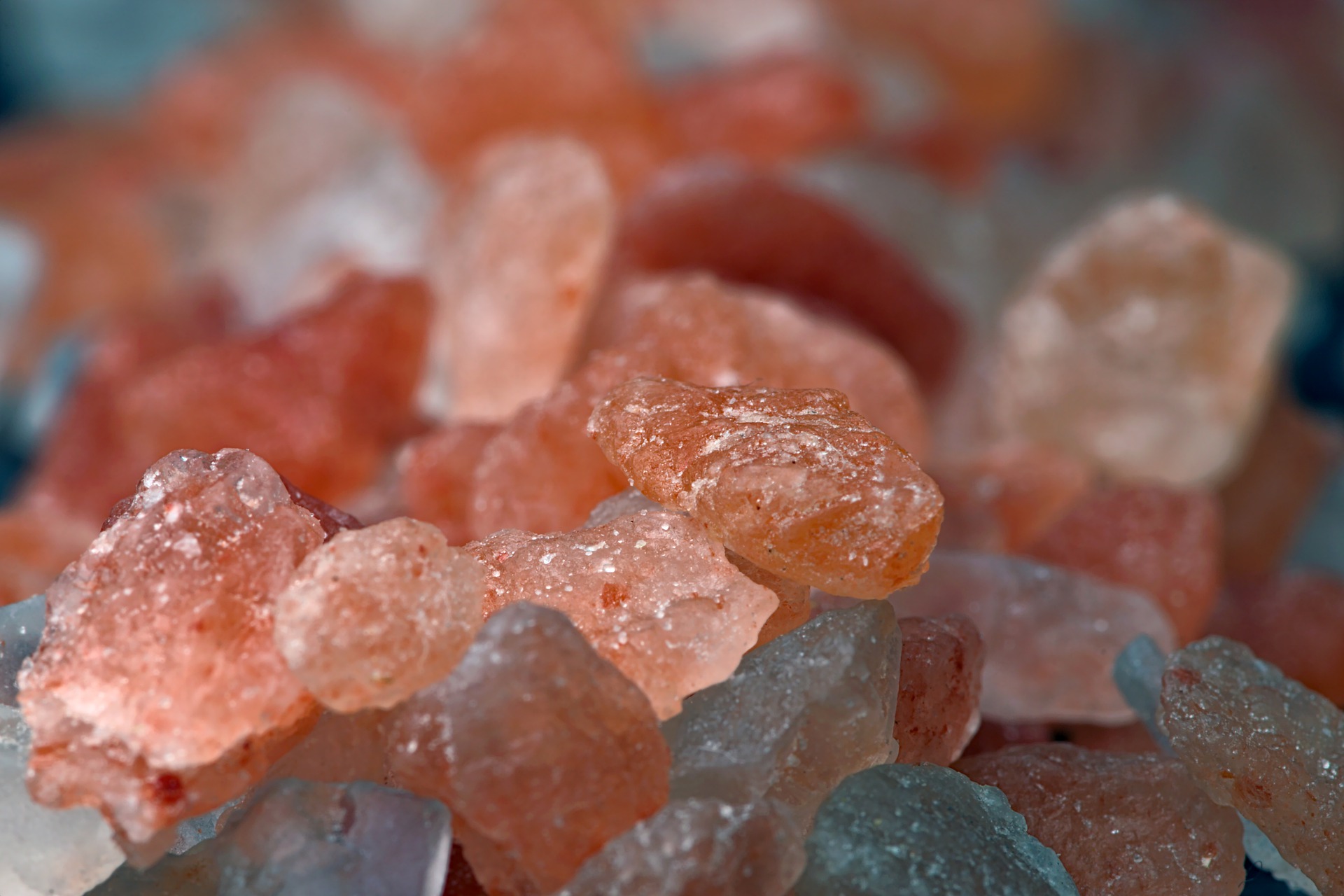


Comments and Discussion (Powered by the PricePlow Forum)